You Need AI That Makes People Smarter.
You built a thing.
It automates, predicts, surfaces, streamlines—whatever verb is hot this week.
You’re using OpenAI, hugging your transformers, building LLM integrations, and you’ve got the phrase “AI-native” in your pitch deck.
But your users are still asking:
“Wait... what does this actually do?”
“Do I need to prompt it?”
“So... it’s like ChatGPT, but vertical?”
No shame. This happens all the time.
Especially in AI.
Because the harder you try to prove your product is smart, the easier it is to forget the person trying to use it.
Intelligence ≠ Impact
Calling something “AI-powered” is like calling it “electricity-enabled.”
It says nothing about what it changes.
And yet? Most AI companies lead with:
- “Generative knowledge systems for enterprise workflows”
- “Multi-agent coordination layers for decision orchestration”
- “AI-native copilots for cognitive load reduction”
Cool story, Skynet.
But if your audience can’t understand what your product helps them do—fast—you’ve already lost.
Your Customer Isn’t Waiting to Be Impressed
They’re trying not to get fired.
They want faster decisions. Cleaner dashboards. Fewer tabs.
They want a tool that makes them look smart in the meeting.
They want to trust it without needing to Google three new acronyms.
They don’t care about token limits or the fact that your team fine-tuned a model in an underground bunker on 13-inch GPUs while fasting for clarity.
They care about outcomes.
Here’s the Fix:
🛠 Ditch the “AI-powered” lead-in.
Say what it does. For real people. In five words or less.
🧠 Show the before/after.
What does this tool eliminate? What does it amplify?
🎯 Nail the role-specific value prop.
Not just “Ops teams love us.”
Try: “Ops teams use this to automate reports they used to spend four hours on.”
💬 Give it a voice.
If your product is a copilot, assistant, analyst, or strategist—it needs to talk like one.
Let your interface, your messaging, and your onboarding carry that through.
What Happens When It Clicks?
Suddenly, your demo doesn’t require a translator.
Your customer gets it without asking for a second call.
Your sales cycle shrinks.
Your users evangelize—because the product makes them feel competent, not confused.
Bottom Line?
If you have to explain how smart your product is, it’s not doing its job.
The best AI products don’t show off.
They show up.
.png)
.png)
